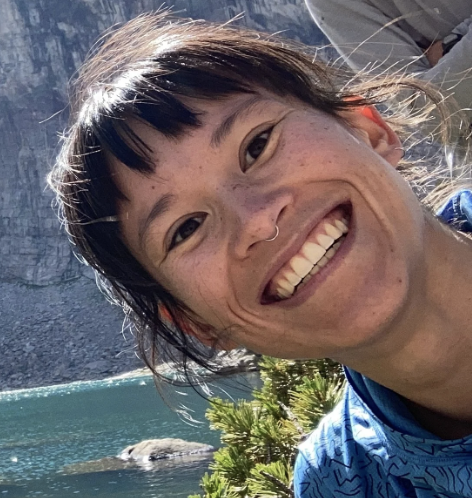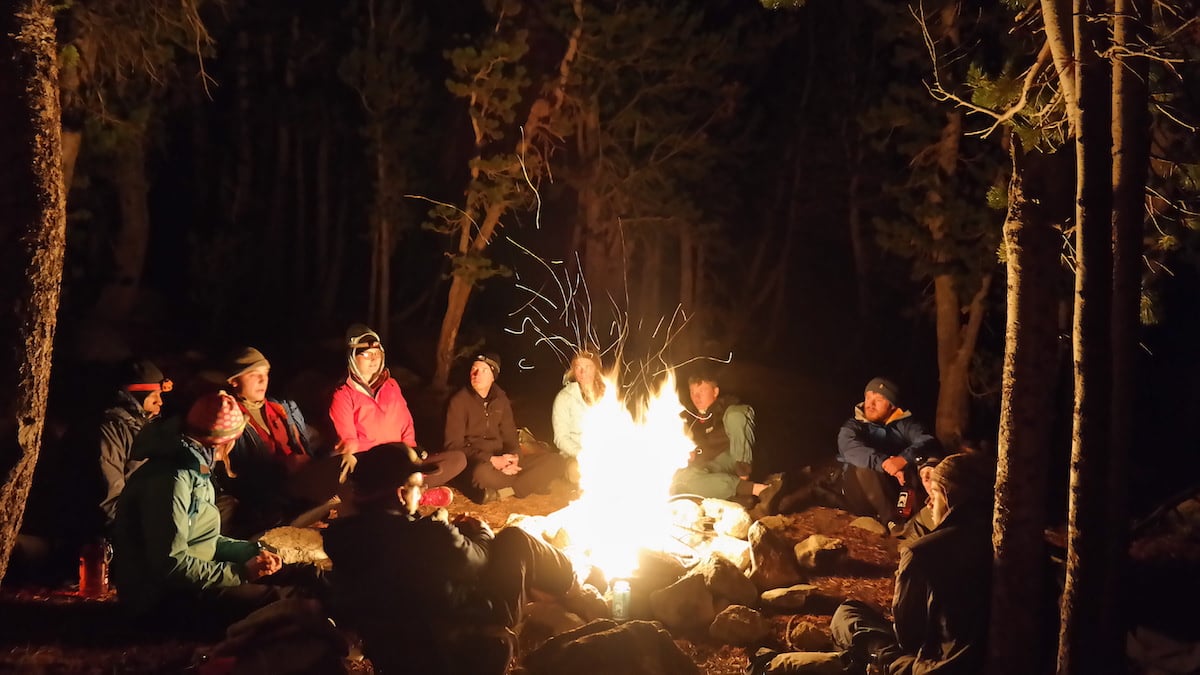“Bee stings cause more anaphylaxis than do the stings of any other insect. Multiple stings … can be life-threatening.” -NOLS Wilderness Medicine
My friend Pedro de Toledo Piza and I were riding on a trail access to Medicine Hill in Paraibuna, Brazil when we decided to leave our ATVs to hike up to a lookout.
On the walk back from the lookout, we were attacked by a large swarm of Africanized bees.
The buzz of the colony was deafening as we began to suffer stings all over our bodies. Knowing that Pedro was allergic to bees, I put myself in front of him in order to divert attention from the swarm—despite my efforts, the bees still seemed to have focused more on Pedro than me.
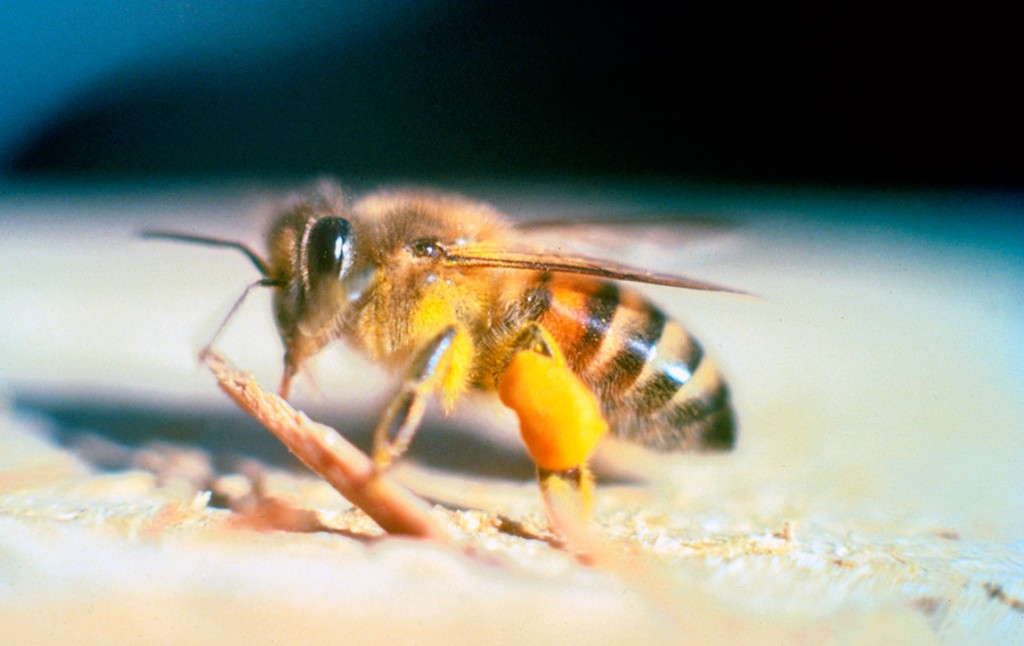
Photo courtesy of Luiz Antônio Gambá.
In severe cases of bee attacks, people are desperate—the stings are painful and a colony can pursue a person for a long time. Pedro, desperate with the number of stings, threw himself into a ravine to escape the bees, and I followed to try to help.
There were many stings, a lot of pain, and a certain panic at the persistence of the bees that were following us. I always carry safety equipment and first aid supplies in my backpack, and I thought about how I could use my equipment to disperse the swarm. In my first aid kit I had a smoke flare and safety flare, so I started the smoke flare and the bees began to disperse, but I only got rid of them when I lit the safety flare on green leaves from the forest, which generated more smoke.
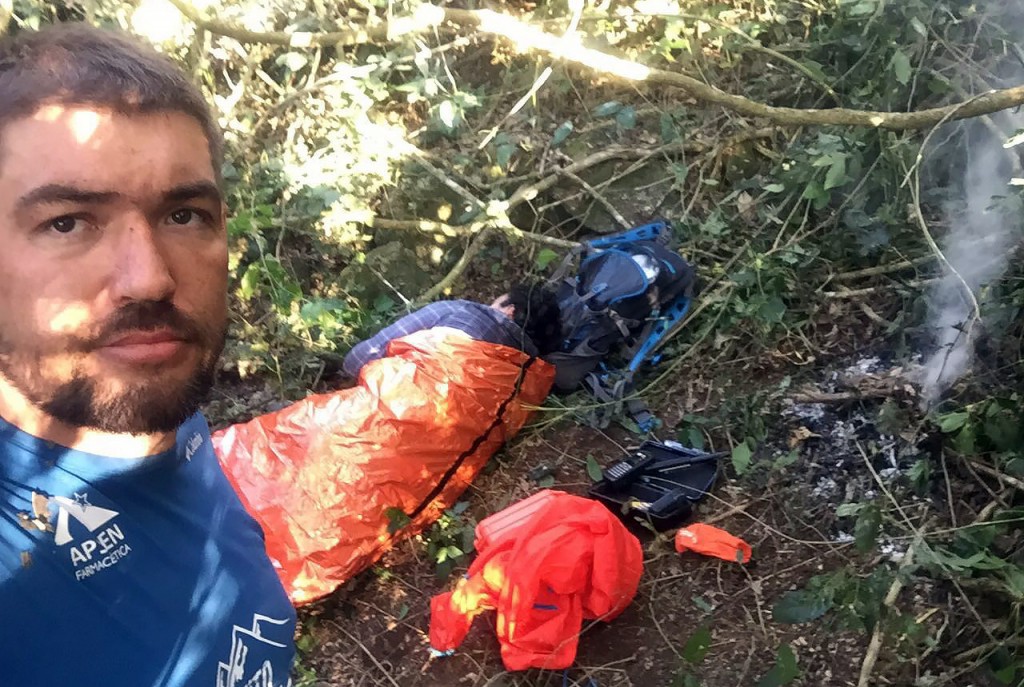
Photo by Luiz Antônio Gambá.
Having gotten rid of the bees, I checked the status of Pedro: he was very weak, and was suffering from nausea, vomiting, fainting, and convulsions. After my assessment I gave an antihistamine that I had in my kit and called for help by satellite phone and a PLB , since the area had no cell phone signal.
In the meantime, I prepared the injection of epinephrine. Pedro had been stung by around 300 bees and I by around 200. If Pedro worsened and developed an allergic reaction to the bee toxins, I was going to be prepared.
After 30 minutes, a helicopter flew over the area and rapidly found us. I had hung an orange jacket in a treetop to facilitate the rescue team finding us. Pedro was their first priority, and with competence and agility the firefighters short-lined him by helicopter to a nearby local road. When I realized that he was safe, I seemed to finally feel all the weight of my weakness and passed out.
The next part of this report is a compilation of what I later heard from the responders:
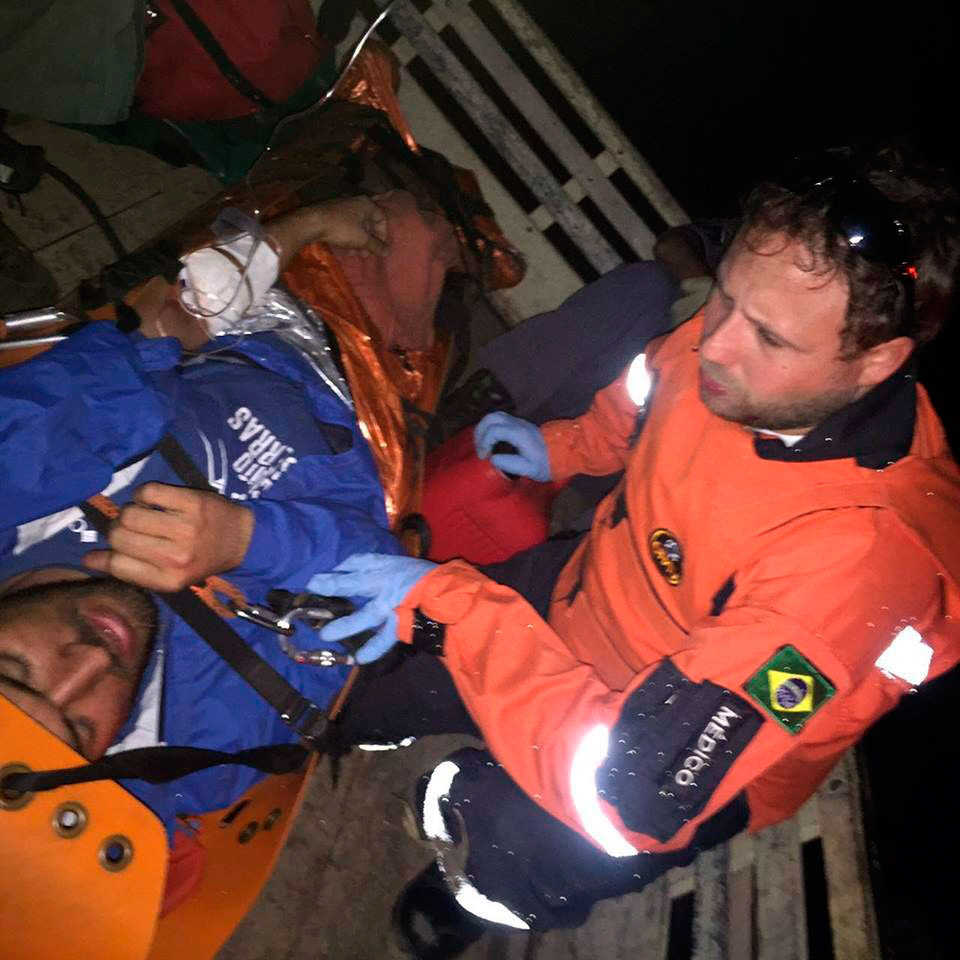
Photo courtesy of Luiz Antônio Gambá.
I was too weak to walk and couldn’t be rescued by helicopter because by then it was too dark, so the firefighters and police officers carried me to the road on a litter. Pedro and I were then transported to a local hospital for care.
My and Pedro’s arms, head, and face were completely covered in stings. My girlfriend Fernanda removed another 30 stingers from my head alone.
Fortunately, the equipment I always carry with me saved two lives. I would not like to think what might have happened had it not been for good equipment and some strategic medication.
Two years ago, I took a Wilderness First Responder (WFR) course with NOLS Wilderness Medicine, and since then I have more respect for any outdoor activity. It can often seem uncomfortable to carry more weight, have more volume in the pack, and have to choose between the weight of another fleece jacket or a first aid kit, GPS, satellite phone or other equipment. But, that's what makes the difference in critical moments such as these.
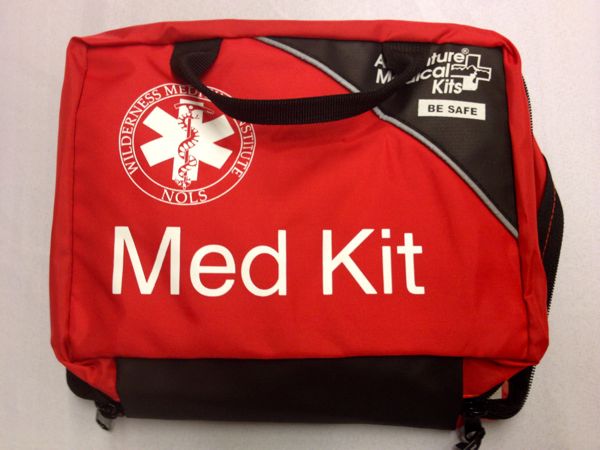
Photo from the NOLS Store.
Safety equipment can get expensive, but nothing compares to the value of life. Invest your resources wisely, plan carefully, and ask the people you care for about their health status, as I did for my friend Pedro.
Being prepared when problems do arise is worth more than the money you save by not having the gear and the training to know how to use it. Never, ever underestimate the outdoors.
Finally, I want to express my most sincere thanks the people who rescued us. I wish a long and prosperous life to you, my friends! We express our most sincere “thank you” from the heart.
Empower yourself with first aid knowledge—from a weekend-long Wilderness First Aid course to a month-long Wilderness EMT course, you prepare to respond to an emergency.
Written By
Luiz Antônio Gambá
Luiz is a NOLS Wilderness Medicine graduate who took his Wilderness First Responder course in Rio de Janeiro, Brazil.


